HMI Technologies Named Winner of the TIN Rocket Award 2018

Technology Investment Network (TIN) has named HMI Technologies as the winner of this year’s TIN Rocket Award, announced at the 2018 TIN Report launch and gala awards event in Auckland.
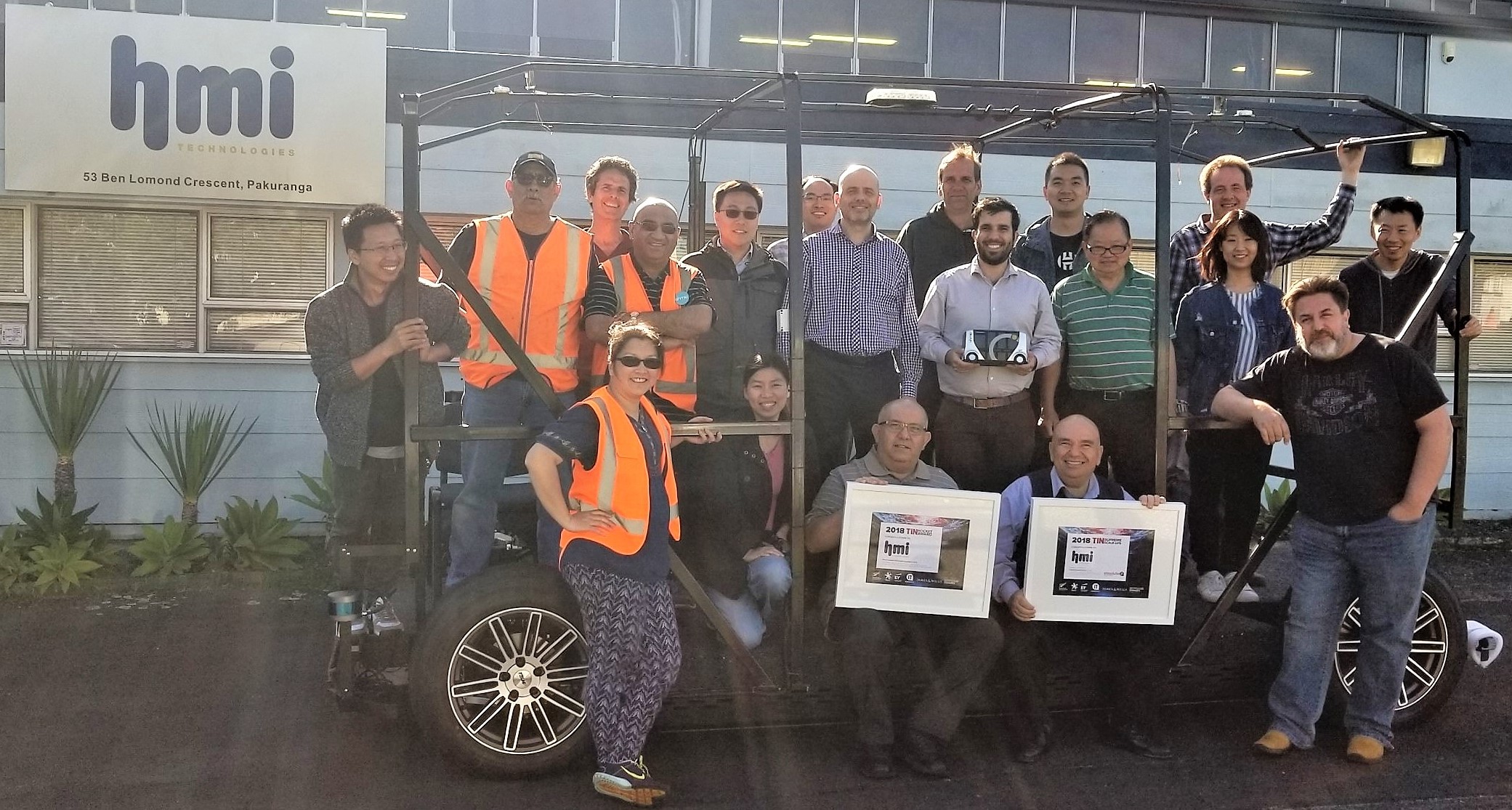
 HMI Technologies
At the forefront of the transport technology revolution
HMI Technologies
At the forefront of the transport technology revolution

Technology Investment Network (TIN) has named HMI Technologies as the winner of this year’s TIN Rocket Award, announced at the 2018 TIN Report launch and gala awards event in Auckland.
The TIN Report monitors the performance of New Zealand’s 200 (TIN100 and Next100) largest technology exporters in the areas of Information and Communications Technology (ICT), High-tech Manufacturing and Biotechnology. It is sponsored by New Zealand Trade and Enterprise, Spark, EY, Absolute IT, James & Wells and Simmonds Stewart.
The TIN Rocket Award recognises the company that has gained the most places in the TIN200 rankings for the year. HMI Technologies, the second recipient of the annual TIN Rocket Award, climbed 44 places in the TIN200 ranks.
The firm designs and builds custom Intelligence Transportation Systems, including variable signage and autonomous vehicles. In the past year, it has secured a US$20 million joint venture with the City of Heshan in China to distribute its Ohmio electric shuttles. This deal contributed to the firm’s improved growth of $6.5 million in FY2018, the highest of any Next100 company. As a result, HMI Technologies also joined the Absolute IT Supreme Scale-Ups awards list in second place this year.
“HMI Technologies has shown remarkable growth in the past year,” said Greg Shanahan, managing director of TIN. “The market potential for autonomous vehicles is enormous; HMI Technologies’ recent Chinese joint venture places the company in an excellent position to target this potential to their full advantage.”
The 2018 TIN Report shows that turnover for New Zealand’s top 200 (‘the TIN200’) technology companies increased by 11% to reach $11.1 billion in the past year; the second billion-dollar growth result in three years and the driver behind a record profitability* rise for this group of companies.
Copies of the TIN Report are available in eBook or hard copy and can be ordered from www.tin100.com. More details on the 2018 TIN Report and a regional breakdown is available on https://tin100.com/media/

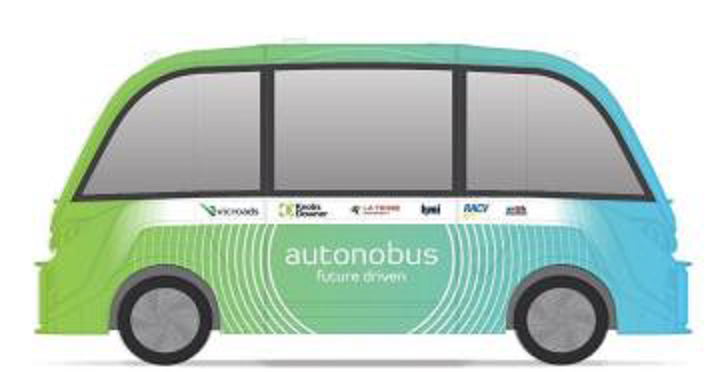
The introduction of autonomous buses in Victoria is a step closer to becoming reality, following the successful completion of the state’s first trial of the technology.
The report can be downloaded here
The final report on the Autonobus trial released today outlines key findings and recommendations to support the implementation of autonomous vehicles across Australia.
The report on the 12-month project at La Trobe University’s Bundoora campus also includes feedback from more than 500 passengers who experienced the world-class technology first-hand.
CEO of Keolis Downer, David Franks, said the pilot project demonstrated that safety, technical, operational and community requirements could be met for successful deployment now.
“What we have learnt can assist us in making the roll out of autonomous vehicles a reality in the immediate future,” Mr Franks said.
“The pilot project provided strong evidence autonomous buses present a significant opportunity in the short term to meet existing mobility needs and encourage more people on to public transport in Victoria and across Australia.
“The trial demonstrated autonomous buses can and should play an important role in the mobility mix as a complementary service to existing public transport.
“We now have the data to show they can operate safely within complex environments and that there is strong public support for them.
“All levels of Governments and the private sector must work together to ensure we have the right infrastructure and regulatory systems in place to facilitate the deployment of autonomous vehicles and ensure they are integrated into the planning process for transport and urban developments.”
CEO of HMI Technologies, Dean Zabrieszach, said the Autonobus passed every test it underwent during more than six months operation at La Trobe University.
“The vehicle was put through rigorous safety, technical, operational and passenger testing on a pre-programmed route, interacting with pedestrians, cars, buses and cyclists,” Mr Zabrieszach said.
“No other trial in Australia has tested an autonomous vehicle of this type in such a dense urban location.
“We have demonstrated that it can be done - safely, without incident and in compliance with road safety laws.
“The technology is ready for deployment in other similar environments where there is high activity and a controlled set of circumstances, including first and last mile transport services.”
Director of La Trobe’s Centre for Technology Infusion, Professor Ani Desai, said the 517 passengers who rode on Autonobus during the trial provided essential feedback in pre and post-ride surveys.
“It’s clear from the results of the trial that autonomous buses are already close to reality in transport users’ minds,” Professor Desai said.
“Before jumping on board Autonobus, almost 20 per cent of passenger surveyed said they could not see themselves riding on driverless buses in the future.
“After experiencing the technology first-hand, just 10 per cent of passengers still felt this way.
“Critically, the study also indicated that potential customers would be willing to pay a fair price for such a service.”
The report includes a number of recommendations; including considering autonomous vehicles in future infrastructure planning and investment decisions, further trials of the technology and continued education and engagement to prepare communities for the arrival of autonomous vehicles.
Partly funded by the Victorian Government Smarter Journeys Program, the project brings together the private sector, academia and Victoria’s largest member organisation. It is a collaboration between VicRoads, Keolis Downer, La Trobe University, HMI Technologies, RACV and ARRB.
The aim of the passenger trial was to gain a better understanding of the technology and how to integrate it into the existing public transport systems to connect passengers to a transport hub – a concept known as last mile connectivity.
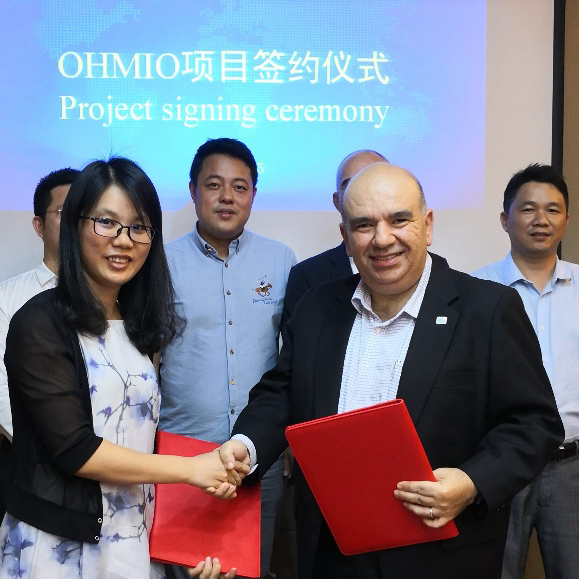
HMI Technologies/Ohmio announces a US$20 Million investment agreement with the Heshan Industrial City Management Committee to establish an Ohmio manufacturing plant for Autonomous Vehicles and an Artificial Intelligence Transport Research Centre in the City of Heshan, China.
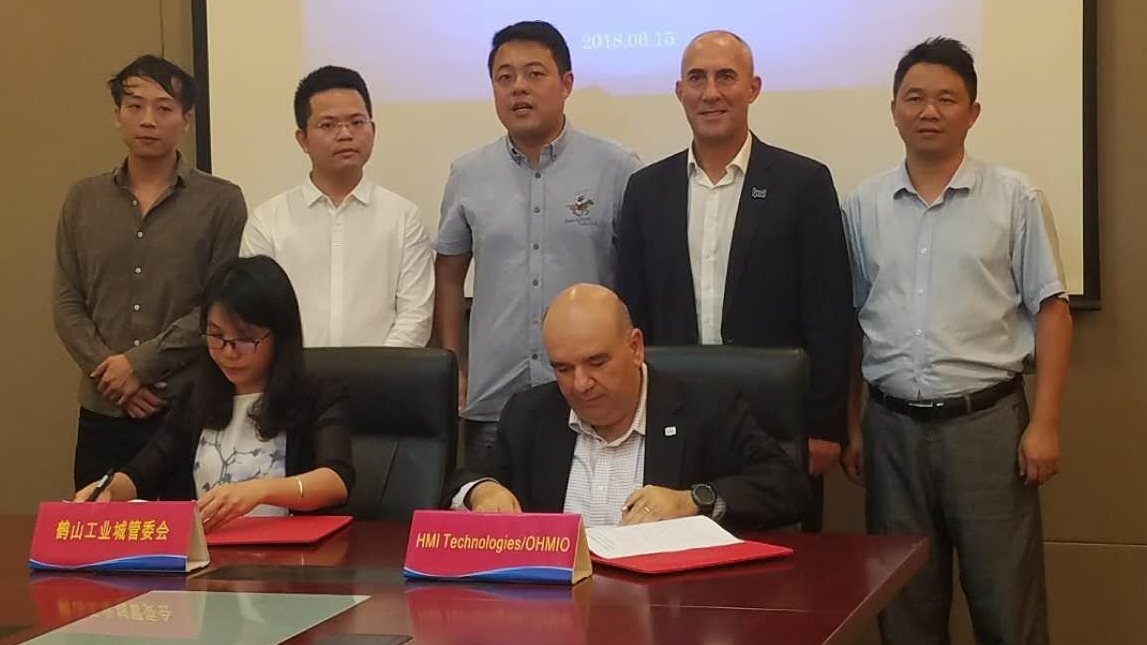
The agreement was signed by Mohammed Hikmet, the founder and Chairman of HMI Technologies and its subsidiary, Ohmio Automotion Ltd, and the Deputy Director of the Heshan Industrial City Administration Committee, Wu Xiaoqing.
“This is another milestone for the success of Ohmio and another ‘vote of confidence’ in Ohmio, following the signing of the Solaseado MoU in Korea earlier in April”, Mohammed Hikmet said after signing the agreement.
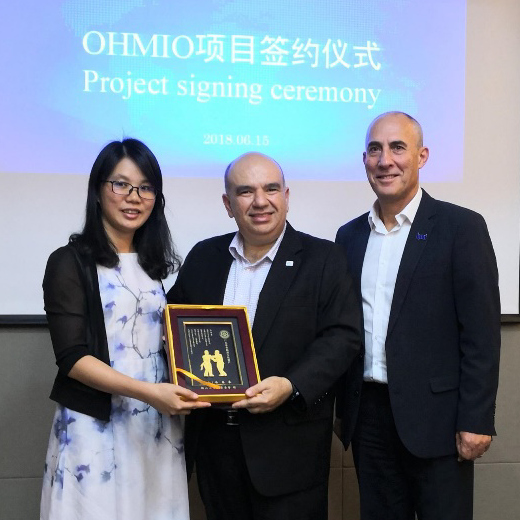
“Not only will Ohmio be able to meet its mass production requirements inside and outside of China, but this investment also adds a huge boost to our existing research activities in establishing an autonomous platform solution as part of an entire ecosystem”, said Dean Zabrieszach, CEO of HMI Technologies/Ohmio.
“New Zealand Trade and Enterprise, the New Zealand Ministry of Foreign Affairs and Trade and Auckland Tourism, Events and Economic Development helped HMI Technologies/Ohmio to accomplish this agreement and without them it would have been very difficult to achieve what we have achieved today”, Hikmet said.
“The agreement sets the 1st of July as a starting date. There is a lot to do ahead of us, but we are so excited to start as soon as possible”, Zabrieszach said. “While the R&D centre in New Zealand will continue to be the main one, we look forward to the Heshan centre starting as soon as possible, under the supervision of our key technology and artificial intelligence leaders in the company.”
“Whilst this is an important milestone for the company, HMI Technologies/Ohmio regard it as a first step in the process of building the company as a global autonomous vehicle manufacturer. We will continue to work with NZTE, ATEED and MFAT to secure the company base in New Zealand and Australia, and to gain a foothold in other markets such as Europe and the US”, Hikmet said.
